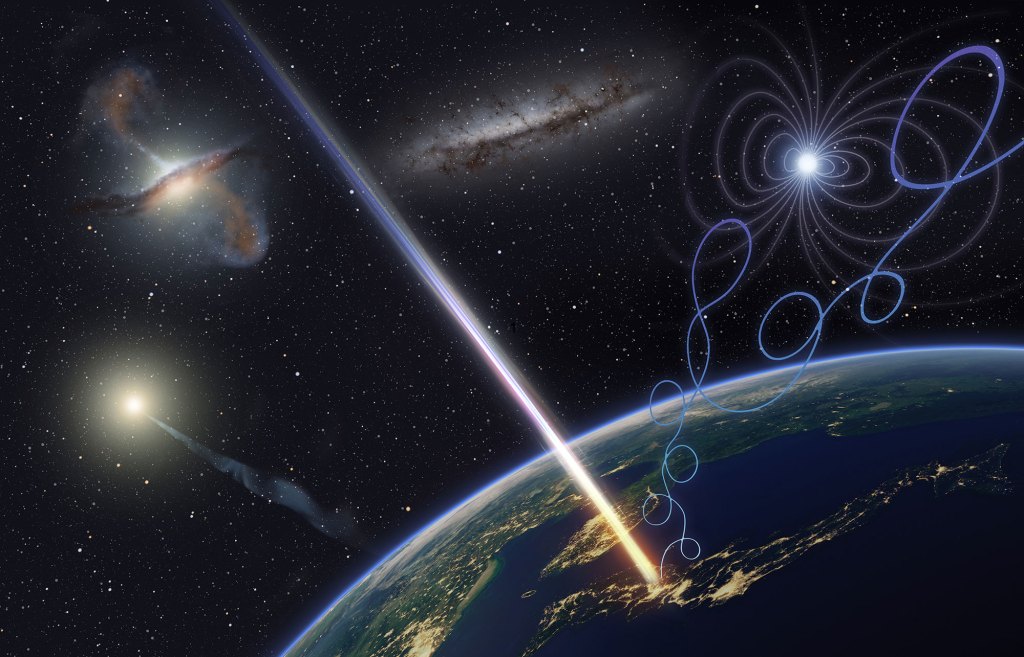Picture, for a moment, the first human base on Mars. Perhaps you’re thinking of a modest habitat, a communications dish, or a return ship on a launchpad at a distance. As you look around, though, you might be surprised to see a line of wind turbines spinning in the Martian breeze, providing power to the first astronauts to walk on another planet.
This vision of a wind-powered Mars base is not only feasible, it could actually open up novel locations on the Martian surface for exploration, reports a new study published on Monday in Nature Astronomy. The study assessed the viability of turbines as an energy source for future Mars missions, and the results hint that wind power could be an important pillar of energy generation on the red planet, assuming humans are able to successfully land there in the coming decades.
Videos by VICE
Scientists have generally written off wind power as a key energy source for Mars missions, compared to solar and nuclear power, because Martian winds are extremely weak. Now, a team led by Victoria Hartwick, a postdoctoral fellow at NASA Ames Research Center, has used global climate models of Mars to show that, contrary to past assumptions, “wind power represents a stable, sustained energy resource across large portions of the Mars surface,” according to the study.
“Using a state-of-the-art Mars global climate model, we analyze the total planetary Martian wind potential and calculate its spatial and temporal variability,” Hartwick and her colleagues said in the study. “We find that wind speeds at some proposed landing sites are sufficiently fast to provide a stand-alone or complementary energy source to solar or nuclear power.”
“Wind energy represents a valuable but previously dismissed energy resource for future human missions to Mars, which will be useful as a complementary energy source to solar power,” the team added.
Any human mission to Mars will require multiple reliable sources of power to support the astronauts and their operations, but all of the options for extraterrestrial energy generation have their pluses and minuses. Nuclear power is widely regarded as a key enabler to crewed Mars missions, but placing nuclear devices near human habitats could present safety risks. Solar power has been used on many past Mars rovers, but this form of energy is diminished during the Martian night and during dust storms that obscure the Sun’s light.
What’s more, many of the most promising landing sites for humans on Mars are located at higher latitudes in and around the poles, where liquid water could potentially be harvested from extraterrestrial ice. However, these areas also experience larger variations in the availability of solar power, presenting the need for a secondary source of energy.
To assess whether wind power could fill that gap, Hartwick and her colleagues used the NASA Ames Mars global climate model to estimate wind speeds across the planet.
Since Mars’ atmosphere is very thin, with only 1 percent the density of Earth’s atmosphere, Martian winds are pretty wimpy everywhere. Even so, the researchers found that several tantalizing locations could theoretically use wind as the only source of power, and that a combination of solar and wind power would unlock sites across a huge swath of the planet—including icy locations at the poles.
“During Northern Hemisphere winter, winds blow from cooler surface ice deposits to warm regolith,” the researchers said. “This effect, analogous to a ‘sea breeze’, may be particularly important at proposed high-latitude sites adjacent to seasonal ice deposits. In several locations, the annual average wind power exceeds available solar power by up to 3.4 times.”
“Many sites at these latitudes have been dismissed due to solar energetic limitations during polar night,” they noted. “We demonstrate that if the availability of water outweighs other challenges, wind energy could act as the dominant energy source when solar energy is seasonally depleted, opening a large fraction of the polar landscape to human exploration. Similarly, wind energy resources maximize at night when solar energy is at its minimum.”
To that point, the team identified several sites that would be particularly conducive to wind power, including locations within the icy northern regions of Deuteronilus Mensae and Protonilus Mensae. The researchers envision setting up medium-sized turbines, measuring 50 meters (160 feet) tall, to catch the stronger winds in these areas, allowing astronauts to subsist in the strange glacial terrain of an alien world. Turbines could also be effective if placed near topographical gradients, such as crater rims or the slopes of ancient volcanoes, to catch the gusts generated by these landscapes.
Of course, wind power also has drawbacks, including the bulky heft of turbines that would need to be packed off on economical missions to Mars. But overall, the results of the new study suggest that wind power could expand exploration options for the Martian landscape, and serve a key role as either a standalone or backup source of power on humanity’s first interplanetary adventure.
“We encourage additional study aimed at advancing wind turbine technology to operate efficiently under Mars conditions and to extract more power from Mars winds,” the team concluded




